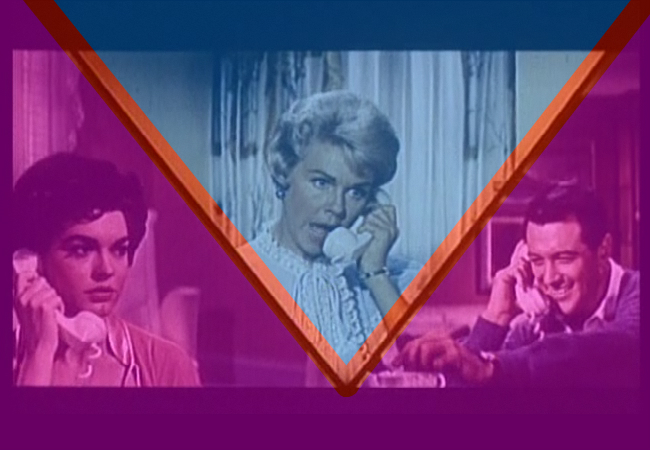This week I did an Into It segment about party lines, which you can hear online at KMUW. Party lines, which connected a string of phones with one open line that any user could patch into at any given moment, were a gateway into the telephones I knew growing up. The direct connection of a standard landline and the walk-around-the-house clunky cordless phones owe a lot to this service. In trying to imagine what it would have been like to have a party line running to my house, I realize that it probably would evoke the same excitement I got as a kid when we got our first modem line. The screech and crunch, the connection to the outside world.
What became increasingly interesting to me, then, was how the limits of technology made an infrastructure that mirrors in a lot of ways how we communicate now. With social media sites, we often aim messages at a given person, only to have that message overheard by others. An @ tweet aims a message, but it’s never clear how many people might be “listening in.”
While I did some research for this segment, I was taken by the endless anecdotes from people who have memories of the party line drama: picking up the line to make a call and finding themselves apologizing to a neighbor for interrupting, having to nag the party line phone hog to make it quick, or stealthily picking up the receiver to listen in on a call. These experiences play out in pop culture as well. In the segment, I note Pillow Talk (1959) and the song “Mind Your Own Business” by Hank Williams Sr.
If you have a moment, stop by KMUW, and take a listen.

